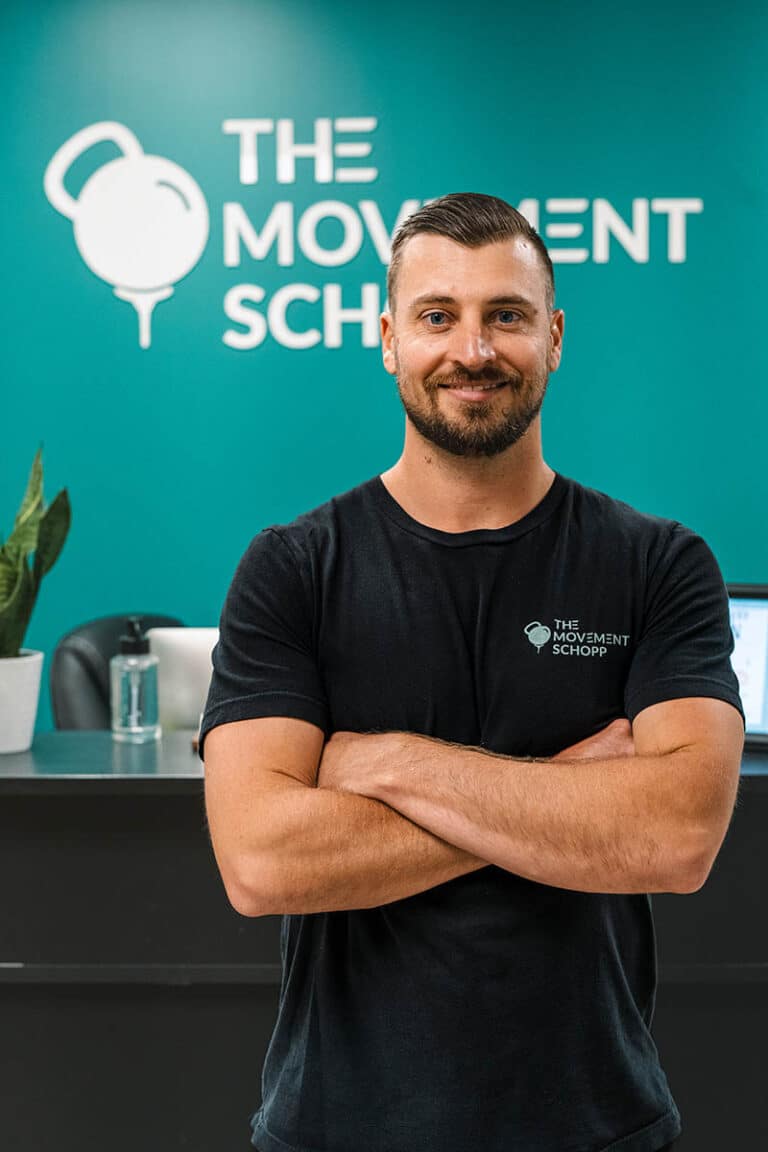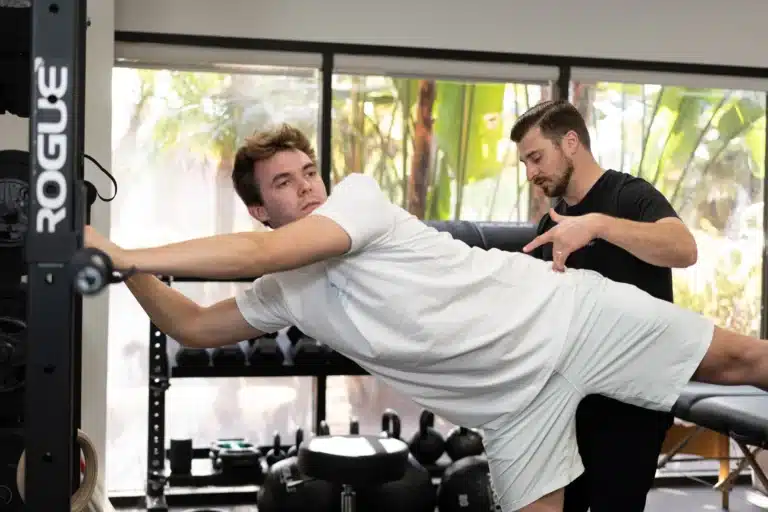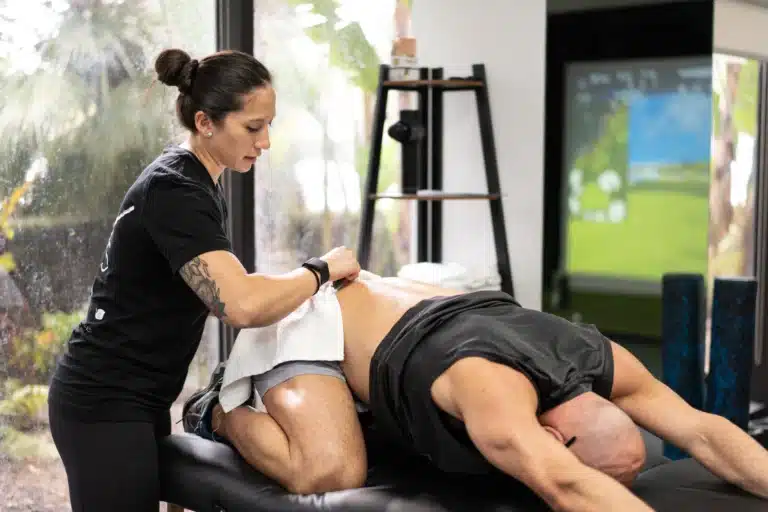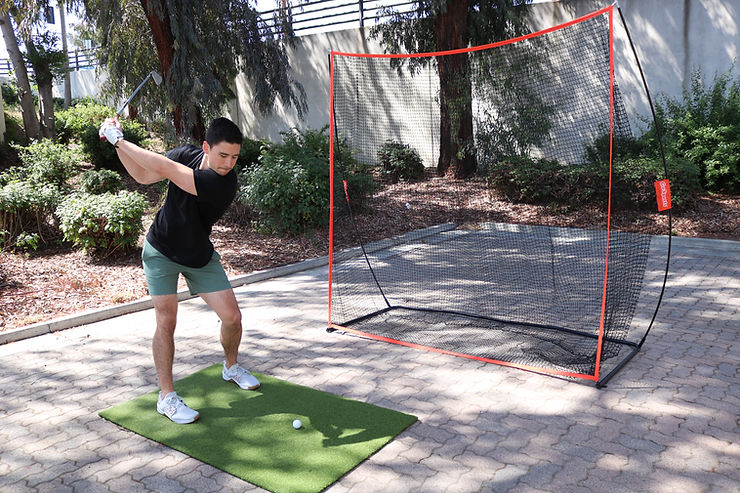Whether you’re lifting heavy weights, training for a competition, or simply working to improve your fitness, gym workouts can take a toll on your body. For gym athletes, the balance between pushing for gains and preventing injury is key to long-term success. This is where gym physical therapy comes into play. Physical therapy is not just for recovering from injuries—it can also help enhance your performance, improve mobility, and prevent setbacks that could keep you out of the gym.
Here’s how physical therapy for gym athletes can help you stay injury-free and maximize your gains.
Why Gym Athletes Need Physical Therapy
Gym workouts often involve repetitive movements and heavy loads that place stress on your muscles and joints. Over time, this can lead to tightness, muscle imbalances, or overuse injuries, all of which can hinder performance or cause pain. Physical therapy provides a proactive approach to injury prevention and performance enhancement, offering targeted mobility work, strength training, and recovery techniques tailored to gym athletes.
Benefits of Physical Therapy for Gym Athletes
1. Mobility Work for Better Range of Motion
Mobility is crucial for proper form in exercises like squats, deadlifts, overhead presses, and Olympic lifts. Poor mobility in your hips, shoulders, or ankles can lead to compensations that increase your risk of injury. Gym physical therapy includes mobility exercises that target these key areas, ensuring that you can move through your full range of motion with ease.
Example: A gym athlete in South Bay struggling with tight hips during squats may work with a physical therapist to improve hip mobility, allowing for deeper, more controlled squats with less risk of injury.
2. Injury Prevention Strategies
Prevention is better than recovery. Physical therapists help gym athletes prevent injuries by identifying potential weaknesses or imbalances that could lead to injury over time. For instance, weak glutes or poor core stability can lead to lower back pain during deadlifts. Physical therapy strengthens these areas, providing the stability you need to lift safely.
Example: A gym athlete in Torrance experiencing lower back tightness during deadlifts may benefit from physical therapy focused on strengthening the core and glutes, preventing lower back strain.
3. Strengthening Weak Areas
Every athlete has weak spots, and physical therapy targets these areas to improve overall performance. Whether it’s your shoulders, hips, or knees, addressing weaknesses can lead to stronger lifts, better control, and more gains in the gym. Physical therapists can design customized strength programs to help you overcome limitations and improve your gym performance.
Example: A gym athlete in Redondo Beach may have weak rotator cuff muscles, causing shoulder discomfort during overhead presses. A physical therapist can create a strengthening routine that improves shoulder stability and allows the athlete to press heavier weights safely.
4. Faster Recovery from Injuries
If you’ve already suffered an injury, physical therapy is essential for a full recovery. From tendonitis to muscle strains, physical therapists develop personalized rehabilitation programs that help you recover faster and return to training safely. The focus is on rebuilding strength, restoring mobility, and ensuring that the injury doesn’t recur.
Example: A gym athlete in Hermosa Beach recovering from a shoulder strain may work with a physical therapist to rebuild strength and mobility, ensuring a safe return to overhead lifting.
How Physical Therapy Enhances Performance in the Gym
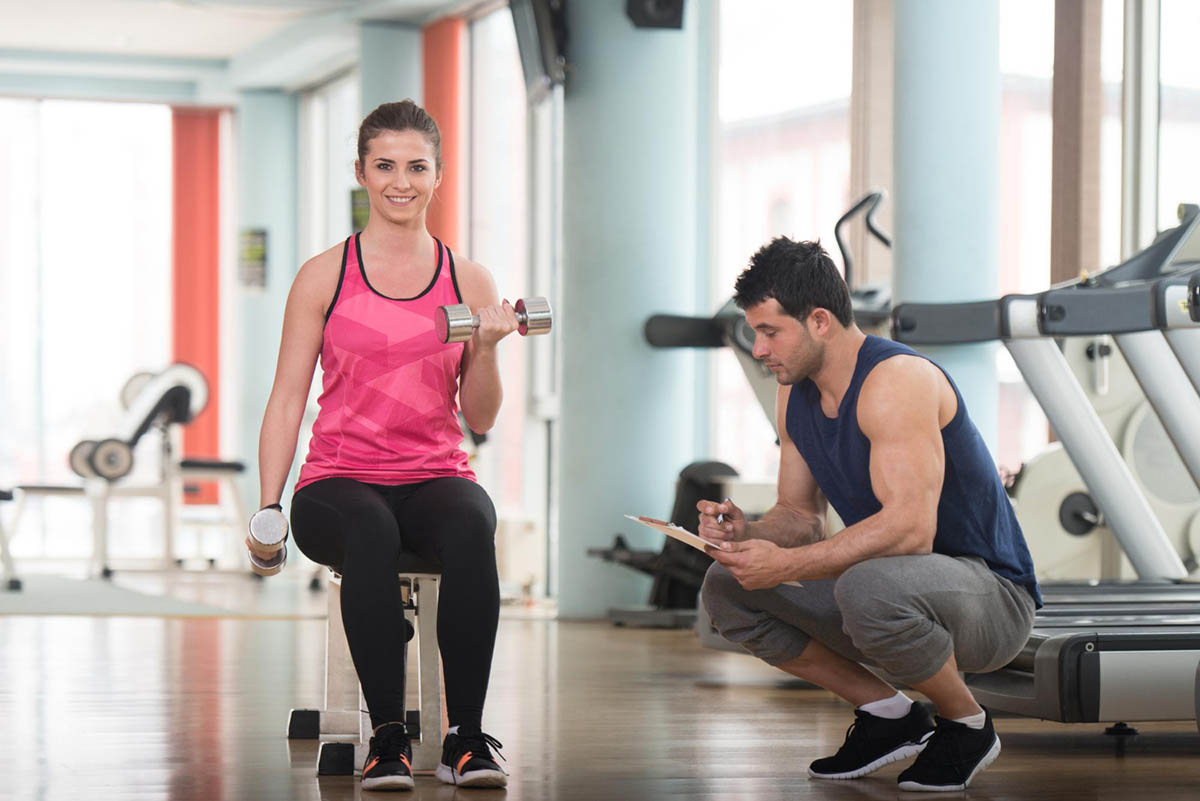
1. Improve Form and Technique
Proper form is crucial for maximizing gains and preventing injuries. A physical therapist can assess your movement patterns and provide guidance on how to improve your form in key exercises like deadlifts, squats, and presses. By refining your technique, you can lift more efficiently, reduce your risk of injury, and see better results in the gym.
Example: A gym athlete in Palos Verdes working to improve their deadlift form may receive form corrections from a physical therapist, allowing them to lift heavier with better control and less risk of injury.
2. Maximize Strength and Flexibility
Strength training and flexibility go hand in hand. While building strength is a primary goal for gym athletes, flexibility ensures that your muscles and joints can handle the increased loads. Physical therapy focuses on both, helping you maximize strength gains while maintaining the flexibility needed for healthy, injury-free movement.
3. Customized Training Plans
Every athlete has different needs based on their goals, body type, and injury history. Physical therapy offers a personalized approach, with programs tailored to your specific challenges and areas for improvement. This customization ensures that you get the most out of your training while staying injury-free.
Long-Term Benefits of Physical Therapy for Gym Athletes
By incorporating regular physical therapy into your routine, you can ensure that your body stays strong, flexible, and ready to handle the demands of gym workouts. Over time, this proactive approach helps you avoid setbacks, keep progressing toward your fitness goals, and remain consistent in your training.
Conclusion: Maximize Your Gains and Stay Injury-Free with Physical Therapy
For gym athletes, staying healthy is the key to achieving long-term success. With the right approach to gym physical therapy, you can prevent injuries, improve your performance, and keep making gains without interruptions. Whether you’re training in South Bay, Torrance, or Redondo Beach, The Movement Schopp is here to help you stay strong, flexible, and injury-free so you can keep pushing your limits in the gym.

